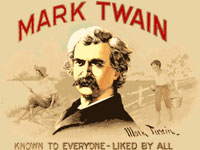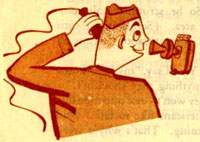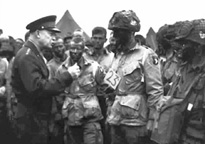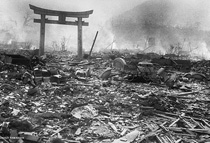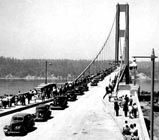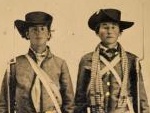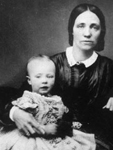Historical Thinking Matters
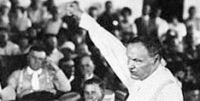
Four guided investigations designed to teach students how to read primary sources and construct historical narratives lie at the heart of this website. Topics are: the Spanish-American War, the Scopes Trial, Social Security, and Rosa Parks. Each topic includes a short introductory video, a timeline of events, a central question, and extension activities. For example, the Rosa Parks investigation poses the question: "Why did the boycott of Montgomery's buses succeed?"
After completing a simple login, students read annotated documents—including letters written by the boycott organizers, a speech by Martin Luther King, Jr. and an interview with a woman working in Montgomery—and answer guiding questions, and draw on their responses to answer the question. The website also includes a useful introduction to the idea of historical thinking.
